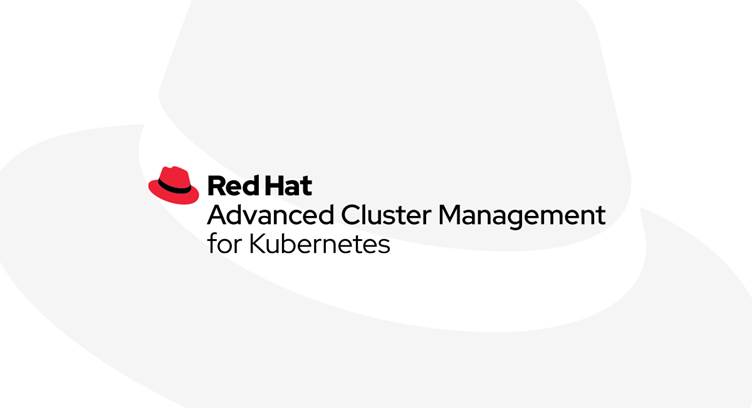Red Hat this week unveiled Red Hat Advanced Cluster Management for Kubernetes 2.3, the latest version of the company’s enterprise-grade Kubernetes management offering.
Designed to provide greater flexibility for managing and scaling hybrid and multicloud environments in a unified and automated way, IT teams can now accelerate the management, security features and automation of their hybrid clouds with the integration of Red Hat Ansible Automation Platform and Red Hat Advanced Cluster Management for a more modern, hybrid cloud-ready environment.
As cloud technologies are adopted alongside traditional infrastructure, many organizations look to integrate networking, storage and security systems to minimize the growing management complexity that’s inherent with separate tools, workflows and strategies for IT teams. The integration between Red Hat Ansible Automation Platform and Red Hat Advanced Cluster Management is designed to accelerate the automation and cohesion between cloud-native clusters, virtual machines and traditional infrastructure with streamlined tooling and coordination.
When containerized environments need to connect with traditional IT environments, Red Hat Advanced Cluster Management can automatically trigger Ansible Playbooks before or after key lifecycle actions such as application and cluster creation, making it easier to automate tasks like configuring networking, connecting applications to databases, constructing load balancers and firewalls, and updating IT service management (ITSM) ticketing systems. With a Resource Operator for Red Hat Advanced Cluster Management, building on the Kubernetes Operator-based foundation of Red Hat OpenShift to encapsulate complex operational knowledge into code, Advanced Cluster Management can call on Ansible Automation Platform to execute tasks more efficiently outside of the Kubernetes cluster.
The result is a single, automated workflow for customers to operationalize Red Hat OpenShift environments alongside traditional IT systems.
Dave Lindquist, GM and VP, Software Engineering, Advanced Kubernetes Management, Red Hat
Cloud-native applications and services are not an island. We need to meet organizations where they are to bridge the divide between traditional IT infrastructure and cloud-native development, so that IT teams can focus on innovation rather than trying to get disparate technologies to work together.






















